The Gift of South Dakota
Subscriptions to South Dakota Magazine make great gifts!
Subscribe today — 1 year (6 issues) is just $29!
Another Good Day in the Badlands
Sep 16, 2013
I think it is appropriate that the last column of this photographic series of South Dakota’s natural landmarks is dedicated to the unique landscapes of Badlands National Park. According to the National Park Service’s website, approximately one million visitors from all over the world visit the Badlands every year. And why not? The park consists of 244,000 acres, 64,144 of which are deemed wilderness acres. It is the largest expanse of protected prairie in the national park system. The park is home to American Bison, white tailed and mule deer, bighorn sheep, prairie dogs, rattlesnakes, fox and wily coyotes. Hawks, owls and occasional eagles grace the open skies above the eroded masterpiece of land below. It is a perfect place for a camera-wielding nature lover like me.
While researching the history of the Badlands, I found an online booklet describing the history of Badlands National Monument. (It did not become a full-fledged park until 1978.) From that booklet, I read that early French-Canadian trappers called the region le mauvaises terres a traverser, which means "bad lands to travel across." Other traders applied the term "bad lands" to this locality as well as to any section of the prairie country "where roads are difficult...." The Dakota Indians called the region Mako Sica (mako, land; sica, bad). General George A. Custer described the area as a part of hell where the fires burned out.
Despite the seemingly bad press from the history above, I’ve grown to love the area over the years. Any trip I take to the Black Hills is almost certain to include a detour through the Badlands. I’ve learned that some of the best opportunities for photography in the state are found there, particularly in the golden light of evening or early morning. An earlier column of mine was devoted to a single morning of spectacular light on the eastern borders of the park on a Thanksgiving Day morning. I’ve also had good luck seeing and photographing the park’s wildlife. One of my favorite stories of shooting wildlife is the cold February day where I ended up racing a coyote near the Bigfoot pass. The park also has bobcat residents as well as the endangered black-footed ferret. I’ve not been able to see or photograph either of these yet, but those animals are definitely on my bucket list.
My absolute favorite time to be in the park is during and after bad weather. I’ve witnessed some of the most amazing and breathtaking light when a late afternoon or evening summer storm passes through. Twice, I’ve seen the setting sun backlight the billowing clouds and change the landscape to eerie oranges and deep reds. This spring, I was able to see a massive full rainbow form at the panoramic point overview. This rainbow lit up the eastern sky after the sun had set. I’d never seen a rainbow occur so late in the day before. In late August, I happened to be in the park when a late afternoon storm struck. I witnessed the late day sun breaking through the clouds on the west side of park with dramatic rays of light. Later, the setting sun proceeded to paint the retreating remains of the summer storm with fantastic light and detail.
Later in the night I stayed out to shoot to do some stargazing. This part of South Dakota is nearly devoid of light pollution, which means seeing more stars shine in the heavens. I was not disappointed. The Milky Way shown bright against the rugged pinnacles and once again I stood in awe under South Dakota skies amidst the rugged and torn beauty of the Badlands. It was another good day in the Badlands. They almost always are.
 |
Christian Begeman grew up in Isabel and now lives in Sioux Falls. When he's not working at Midcontinent Communications he is often on the road photographing our prettiest spots around the state. Follow Begeman on his blog. To view Christian's columns featuring other unique spots in South Dakota's landscape, visit his landmarks page.


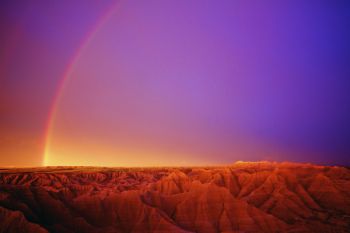
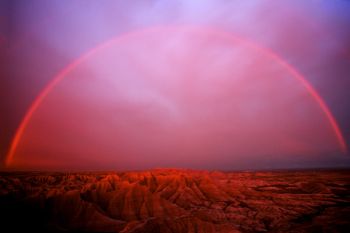
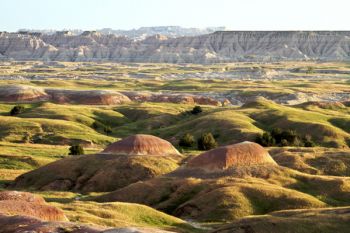
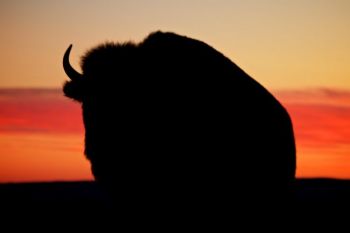
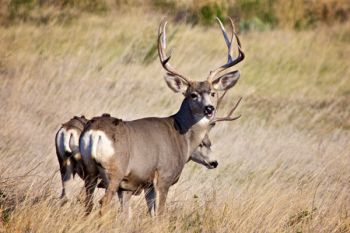

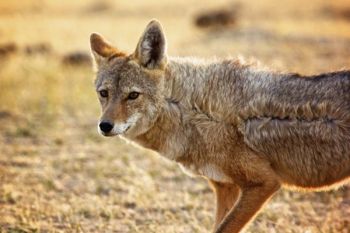
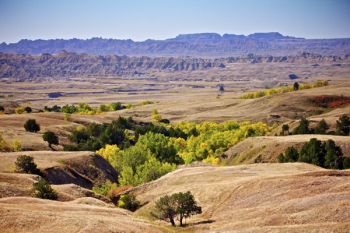
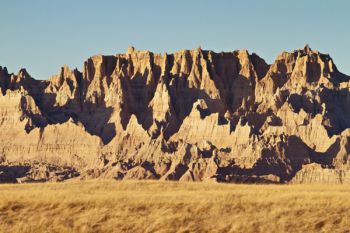
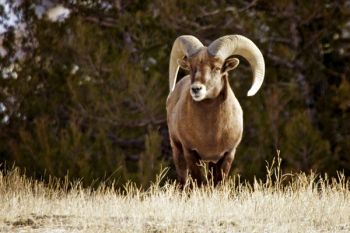

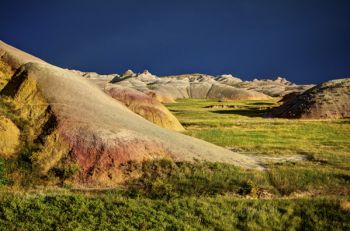
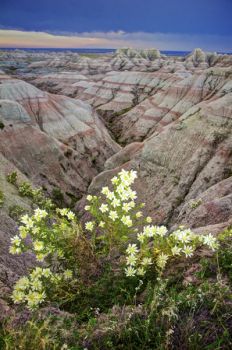
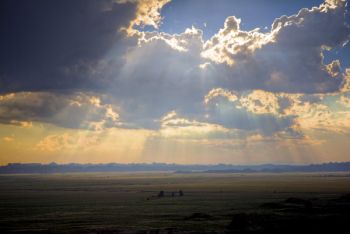
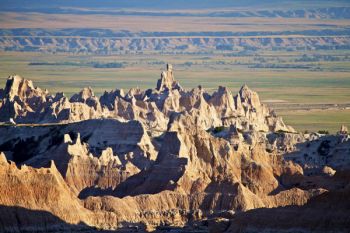
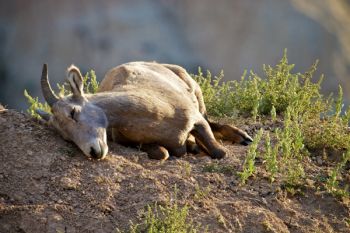
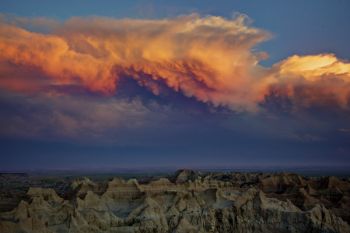
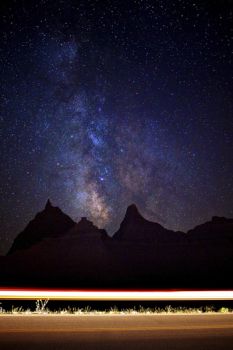
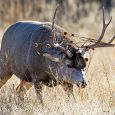
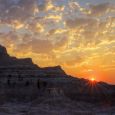
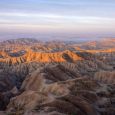
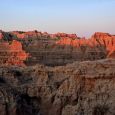
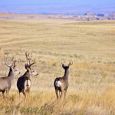
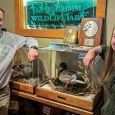


Comments